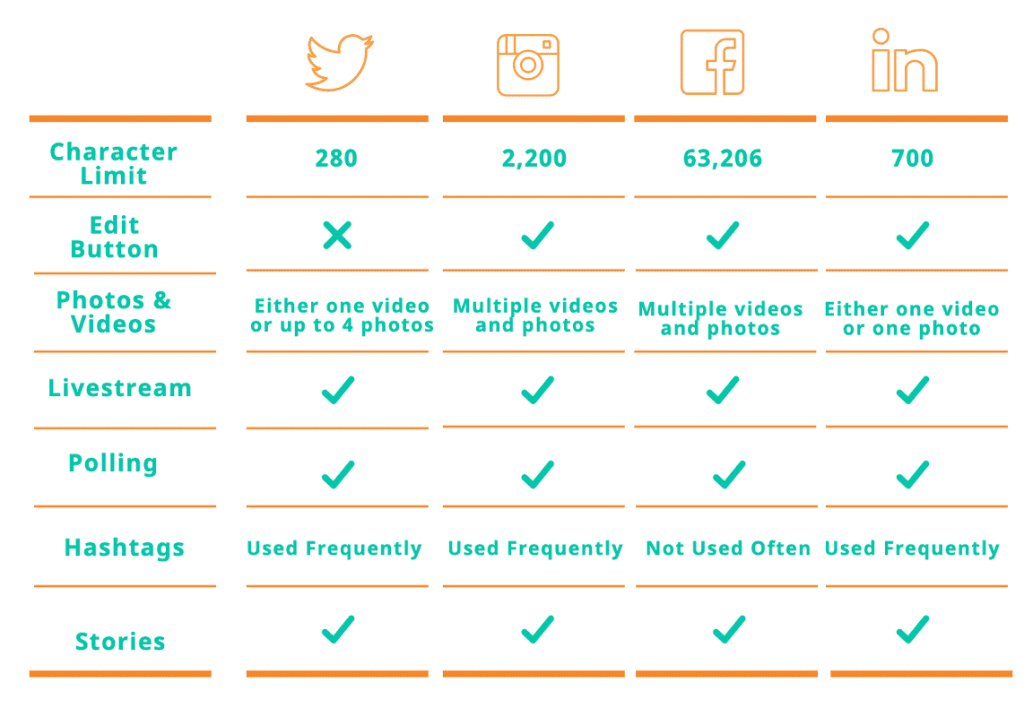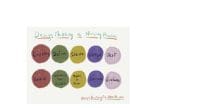Social media can be a tricky business, especially for a profession struggling with how and when to use our voices and one that is held to such a high standard. Nursing is the most trusted profession, but one wrong move on social media may leave people questioning a nurse’s character. For example, a group of nurses who go viral for recording a dance video on Tik Tok to build camaraderie may leave the nurses under scrutiny and accused of neglecting their patients. Improper use of social media, such as sharing patient information online, may even result in nurses being involved in litigation (pro tip: don’t ever share patient information online).
Additionally, social media can be a place where fake news runs rampant, where online bullying happens continually, and where anxiety and fear of missing out are commonplace. These are some of the reasons why many nursing organizations have “guidelines” and “best practices” for the use of social media by nurses.
On the other hand, social media can be a treasure trove of networking, education, creativity, and advocacy – and in our opinion, the benefits of social media for nurses greatly outweigh the risk. When social media is used safely, kindly, and strategically, it can be a powerful tool to amplify our voices, educate the public, and make connections. Over this past terrible year, nurses have used social media in a variety of ways to connect with colleagues all over the world, to educate the public, to support other nurses, to write manuscripts together, to take a stand, to highlight their experiences during the pandemic, and so much more.
The pandemic has increased the speed at which information is begin communicated, and the need for verified expert nursing voices is more important than ever.
Social media is considered any digital platform that connects and engages others while also facilitating the sharing of information, thoughts, and ideas. Over 3.8 billion people use social media on average of 2.5 hours a day. All social media platforms have various nuances of what they allow their users to do. If you are looking to get started on social media, here is an overview of the top social media sites (in no particular order):
A micro-blogging platform where influencers, experts, and everyone in-between come together to share information. You can retweet other people’s posts and comment quote a retweet, meaning you can share someone’s post along with a comment.
Twitter is one of the few platforms that does not allow editing after a tweet is posted — to the dismay of all of its users, so make sure to proofread before tweeting.
Twitter allows users to include videos and photos but only four photos at a time, and you can’t post a mix of photos and videos together. There is also a video length limit of 2 minutes and 20 seconds; if you want to include a longer video, you need to upload it to a video hosting site like YouTube or Vimeo and link it to your Twitter post.
Hashtags are essential on Twitter and should be used strategically. You can tag topics with hashtags and also search for topics using hashtags.
Twitter is a great platform to promote research or other work, connect with colleagues from around the globe, and keep up with news and current events.
If you want more tips and tricks, check out this blog post designed as a primer for nurses to use Twitter.
A photo and video-based social media platform. You can like other people’s posts and repost from your account, as long as the original post is public. Since Instagram is a photo and video-based medium, users can post multiple photos and videos on one post.
Instagram made the “Stories” function a popular medium for providing information. A Story is a short user-created photo or video collection. This feature originated on Snapchat, where stories are available to be viewed for 24 hrs. The only difference is Instagram stories can be added to the highlights section, where they can stay on your page until you choose to remove them.
Hashtags are used quite extensively on Instagram as well.
The OG social media platform, Facebook, has become the place to share information with family and friends and includes an extensive network of professional and personal groups. Facebook has a strong “Groups” area for any topic you can think of — for healthcare, there are support groups for patients with any type of illness or injury, and many professional and extracurricular nursing groups.
Though technically there is a character limit (over 60,000), it is an excellent platform for sharing a lot of information at once. If you like long-form writing, this is the platform for you!
The other nice thing about Facebook is you can share multiple images and photos together. Also, like Instagram and Snapchat, Facebook has adopted the “stories” feature.
Hashtags are not as important on Facebook as they are on many other social media platforms.
A social media platform for professionals, it is a great place to share events, professional news, job postings, and to connect with colleagues and other professionals.
LinkedIn is set up to focus more on text and links rather than videos and photos. Though you can post videos and photos, you can only post either one photo or one video, but you can’t post multiple photos and videos in one post.
Hashtags and tagging of others are used extensively on LinkedIn.
New to the social media scene: Clubhouse
Clubhouse is an audio social media app that allows people to gather in chatrooms to discuss any topic they choose. The individual chatrooms are separated into the “stage,” which consists of people who are speaking, and the “audience,” which consists of people who are listening. There is at least one moderator on the stage who facilitates the conversation.
Clubhouse has provided a solution to the social isolation that many people have struggled with during the COVID-19 pandemic. It is a place where you can talk with people from anywhere at any time of day.
Presently, the need for nurse advocacy is apparent and social isolation is at an all-time high. Clubhouse has created a safe space for nurses to share their stories, have action-based conversations, and meet people to help them reach their personal and professional goals.
There are many other platforms that can be used in conjunction with the above social media sites, here are just a few:
A video-sharing site. You can upload a longer-length video on Youtube and then share the link on your other social media platforms.
A short-form video sharing platform. Tik Tok is a great application for creating fun, educational, and engaging videos that can also be downloaded and shared on other social media sites.
A messaging app that allows people to share pictures, videos, audio, or written messages to each other that disappear after they are viewed. As mentioned previously with Instagram, they are the creator of the story function, allowing photos and videos to be available to be viewed by friends for 24 hours. Snapchat is a more intimate platform that does not require a professional persona like LinkedIn but be careful because screenshots are still allowed. However, if someone does screenshot your messages, Snapchat immediately notifies you.
For any of the social media sites listed above, it is vital to keep some general tips in mind:
- Make sure your profile and headshot are complete. Each platform is an opportunity to highlight your work, expertise, and accomplishments.
- Always have a way for people to connect with you either directly through the platform or by directing them to a personal website or another mode of connection.
- Consider having the same photo, bio, and brand across platforms (this can change slightly depending on the platform).
- Post frequently to each of your platforms.
- Be visual.
- Focus on what you are good at to develop yourself as a content expert.
- Use hashtags wisely.
- It bears repeating – don’t post any patient information.
- Engage, engage, engage – share, comment, etc. These are social networks after all!
Presently, the need for nurse advocacy is apparent and social isolation is at an all-time high. Social media sites create a space for nurses to share their stories, have action-based conversations, engage and educate others, and meet people that can help them reach their personal and professional goals. All of these social media platforms allow nurses’ voices to be heard, just make sure that you use them responsibly.


















